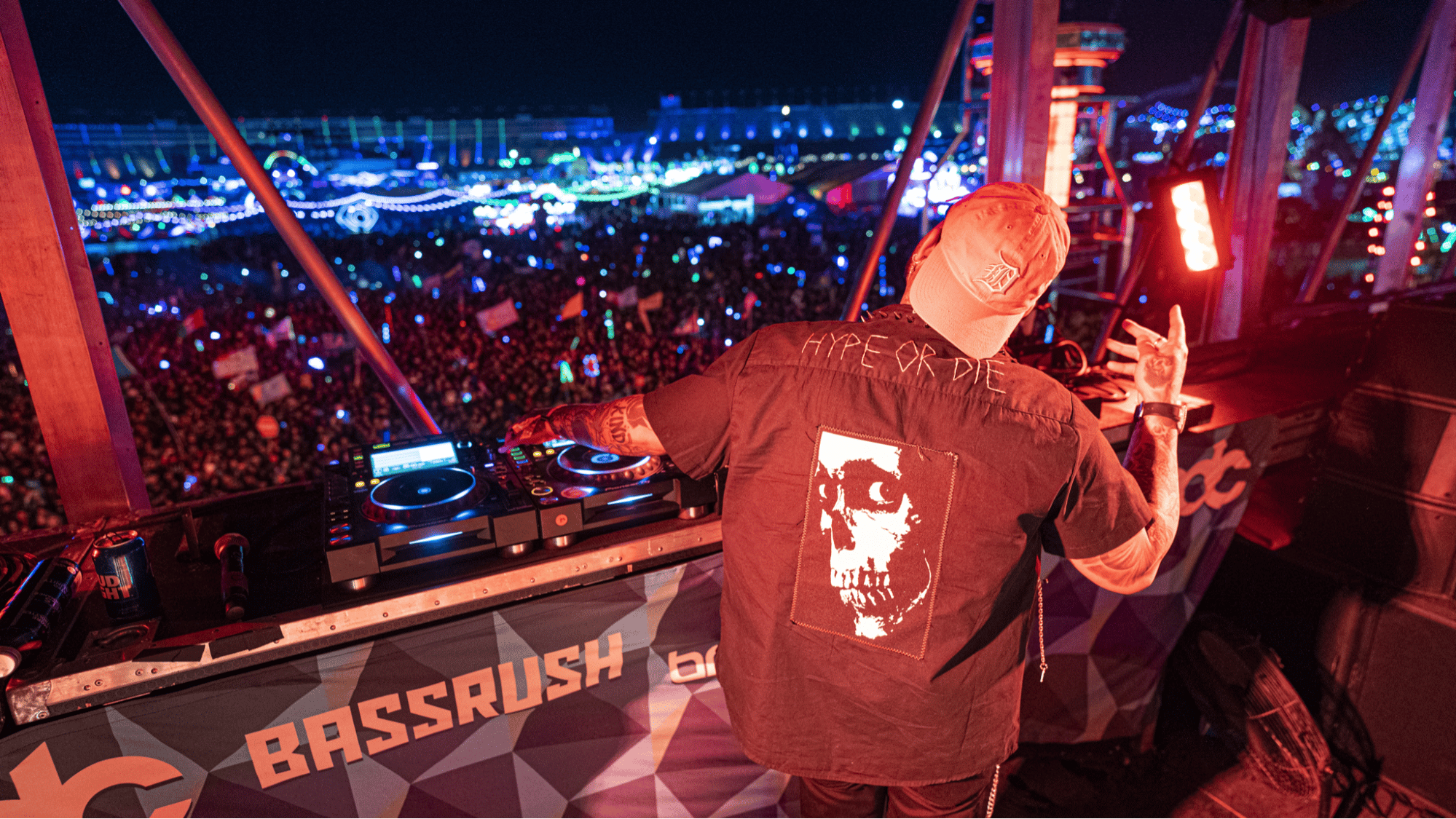The History of EDM (Electronic Dance Music)
From the likes of George McCrae and Giorgio Moroder to Martin Garrix and the late great Avicii, EDM (electronic dance music) has undergone a rapid rise, staking its place amongst the most popular music genres in the world.
Electronic music has often been characterized as the gasoline that fuels raving crowds in nightclubs and house parties across the globe. But, there was once a time when EDM and its sub-genres had a death grip on discos! Sit back and enjoy a brief dossier on the history of electronic dance music.
1970’s: Propulsion through Disco Music
EDM first entered the musical world through the popularity of disco music in the 1970s, where it was used to mobilize dancefloor crowds utilizing electronic instruments and drum machines to create the earliest synthesized rhythms.
Some songs that stand out from this period include George McCrae’s groovy track “Rock Your Baby,” and Pete Bellotte and Giorgio Morode’s 1977 disco hit “I Feel Love” (who’d later go on to collaborate with EDM legends Daft Punk).
1980’s: Arrival of Synth Pop
Synth-pop, also known as synth music, was a mere continuation of the trends that were being developed in the previous decade. Drum machines and synthesizers were used far more heavily, and the introduction of MIDI technology truly transformed and facilitated the process of making rich, clean electronic music.
As a result, the profession of crafting electronic music became far more accessible for anyone who boasted a half-decent computer setup. Songs that boomed thanks to these technological breakthroughs include a-ha’s worldwide-familiar hit song “Take On Me.”
1990’s: Explosion of EDM Sub-genres
The last decade of the 20th century is now known as the period in which EDM finally began to take off. Thanks to the introduction of sub-genres such as techno, trance, dub, hardcore rave, and house music, no niche was left unturned, and EDM was suddenly becoming a large player in the mainstream music scene.
Consequently, the rave scene began to explode thanks to the popularization of rave music and rave culture, with more and more nightclubs making mainstream and underground EDM sounds a part of their nightly rotations.
2000’s: Going Mainstream
They say something foreign hasn’t gone mainstream until it touches American soil, and that’s exactly what happened with electronic music following the turn of the millennia. Producers such as David Guetta, Daft Punk, and Tiësto made names for themselves in the European rave scene and eventually exploded once American radio stations got a hold of them.
Music festivals have really elevated the popularity of EDM in recent times, with DJ’s such as Martin Garrix and The Chainsmokers possessing enough pull to make such events enormously lucrative; there’s almost no feeling better than dancing your tail off amongst a crowd of thousands.
The Future of Global Music
While it was a tall task to make this EDM history dossier somewhat brief, we hope you’ve enjoyed it as much as we have.
Nonetheless, if you’re interested in finding out where you can hear any of the great producers and DJs mentioned in this article, Electric State Radio is a continuous live stream curated with the best tracks produced by artists from all around the globe.
